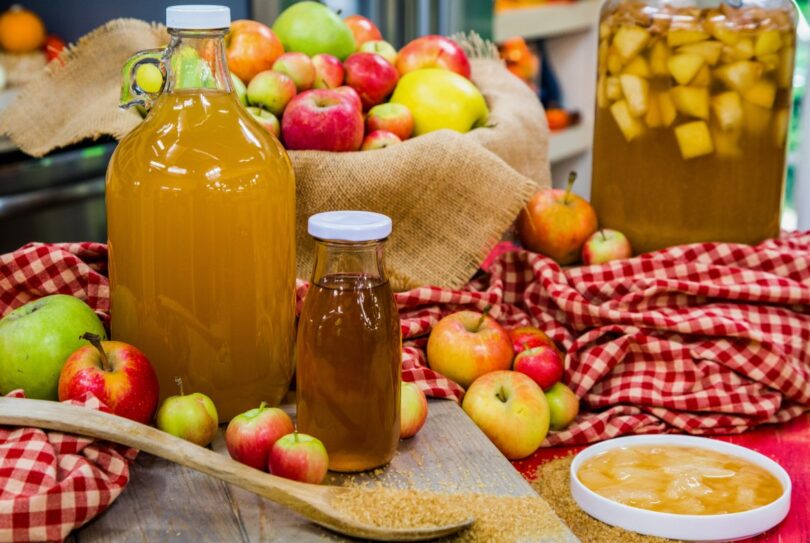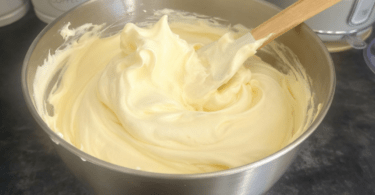Understanding the Thick Film on Your Apple Cider Vinegar
If you’ve recently started fermenting your own apple cider vinegar (ACV), encountering a thick film on top of your concoction can be a bit concerning. Let’s break down what this film is, whether it’s normal, and what you should do about it.
What is the Thick Film?
The thick film you’re observing is most likely mother of vinegar, a substance composed of acetic acid bacteria and cellulose. It forms during the fermentation process when alcohol is converted to acetic acid, which is the primary component of vinegar. The mother appears as a cloudy, gelatinous layer and can be off-white or brownish in color. It is completely harmless and, in fact, a sign that your fermentation is proceeding as it should!
Why is the Mother of Vinegar Important?
The presence of mother of vinegar indicates that beneficial bacteria are actively fermenting the sugars in your apple cider. This not only contributes to the acidity of the vinegar but also enhances its health benefits. ACV is well-known for its potential health properties, including aiding digestion, helping regulate blood sugar, and acting as an antimicrobial agent.
Should You Remove It?
While some people prefer to strain the mother out for aesthetic reasons, others choose to leave it in. The mother can be used as a starter for future batches of vinegar, so if you decide to strain it, consider saving it for later use. If you’re concerned about the texture, you can filter the vinegar through a fine mesh strainer or cheesecloth to remove the bulk of the mother while retaining the liquid.
Is Your Vinegar Safe?
As long as you followed proper fermentation guidelines, your apple cider vinegar should be safe to consume. Here are a few tips to ensure the safety of your fermentation process:
- Use Clean Equipment: Ensure that all your equipment, including jars and utensils, are thoroughly cleaned and sanitized.
- Store Properly: Keep your vinegar in a cool, dark place to prevent unwanted bacteria from forming. A pantry or cupboard works well.
- Stir Regularly: Stirring the mixture every few days helps incorporate oxygen, which is necessary for the acetic acid bacteria to thrive.
- Monitor for Off Smells or Colors: If you notice any strange smells (like rotten eggs) or unusual colors (other than the typical cloudy appearance), it’s best to err on the side of caution and discard the batch.
Conclusion
In summary, the thick film you’re seeing in your apple cider vinegar is likely the mother of vinegar, a natural and beneficial byproduct of fermentation. It’s perfectly normal and indicates that your vinegar is developing properly. If you choose to strain it out, you can still enjoy the health benefits of your homemade ACV. Happy fermenting!








